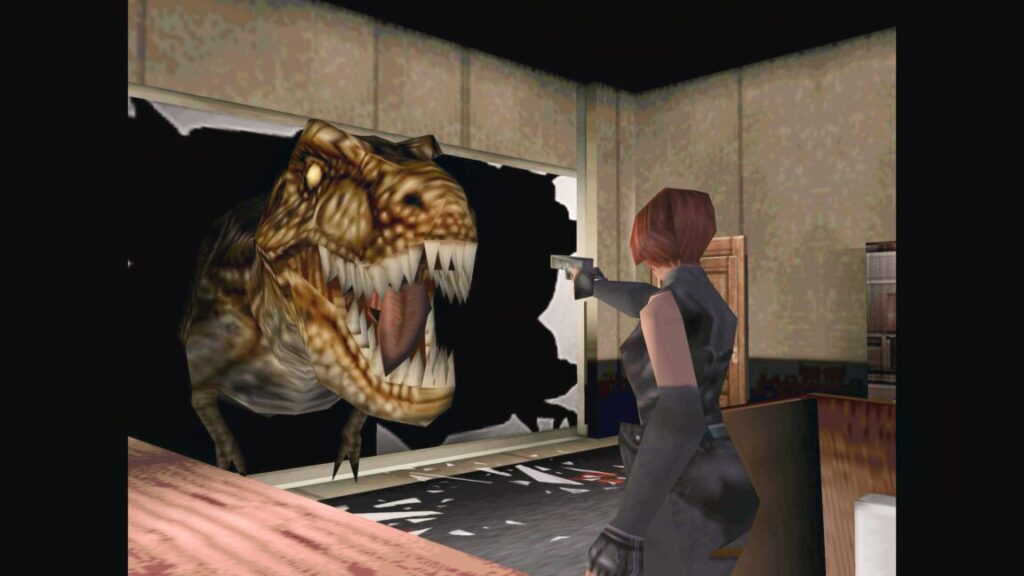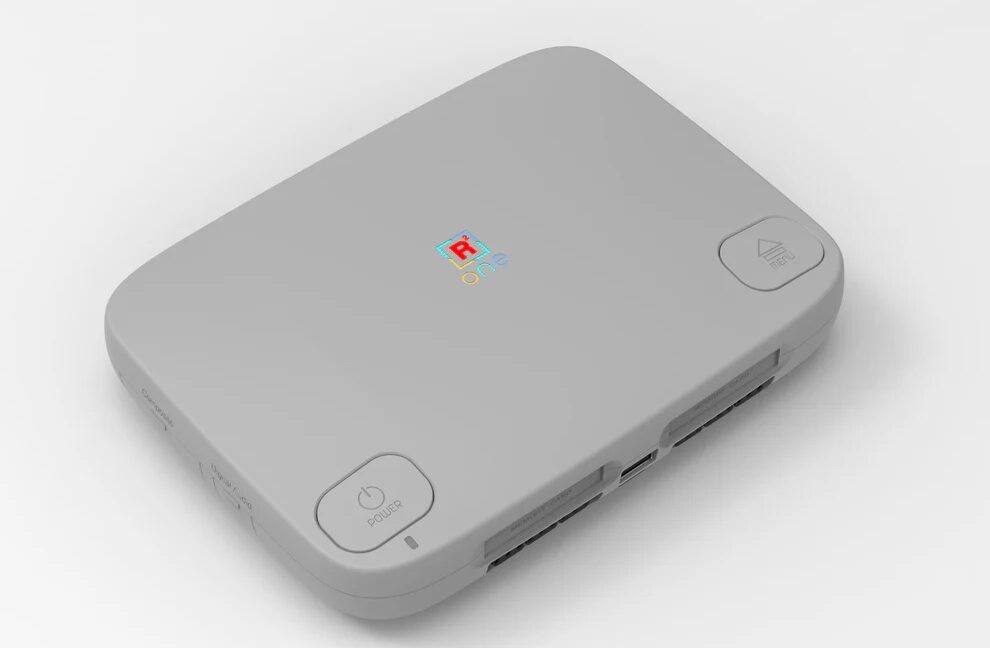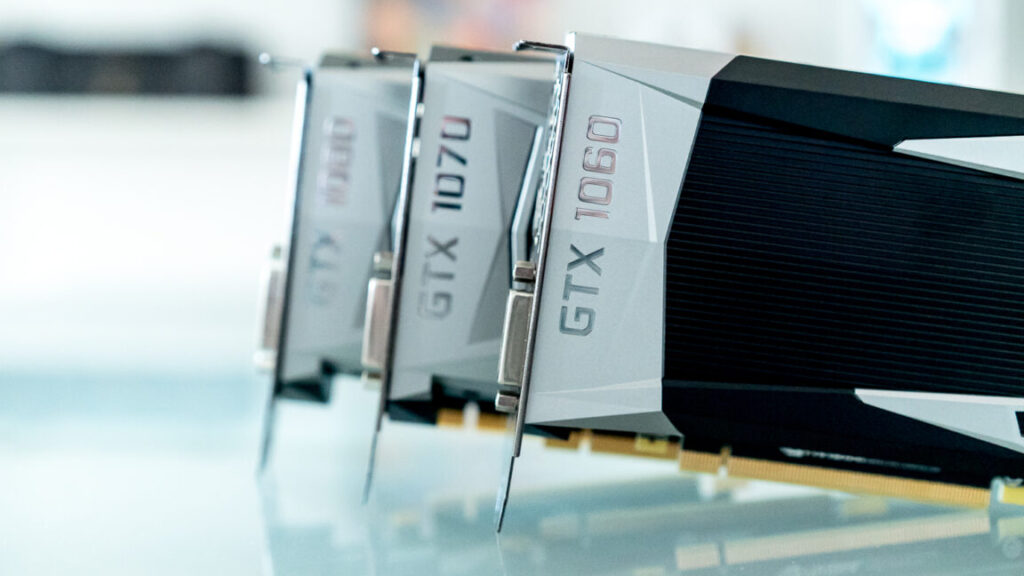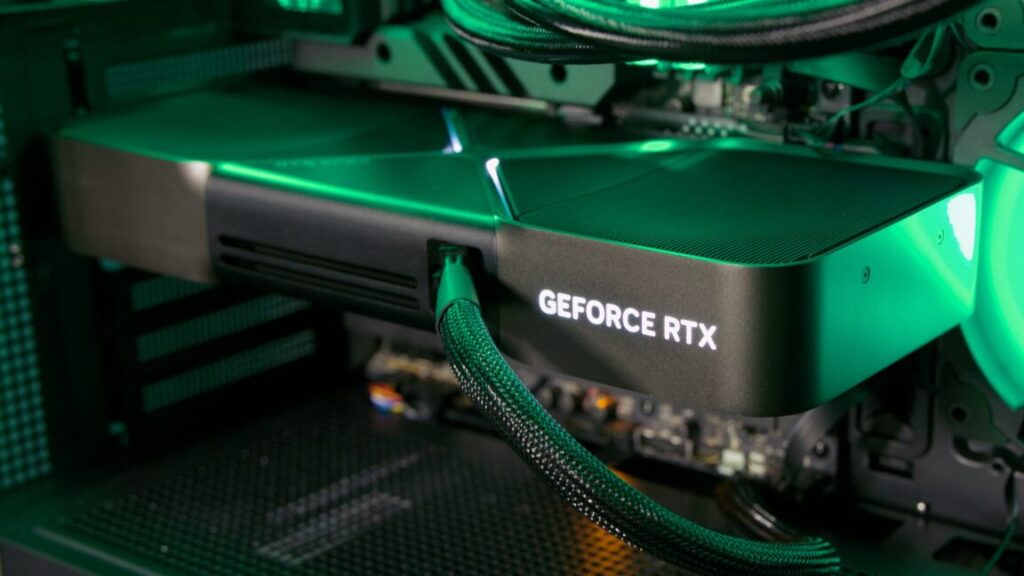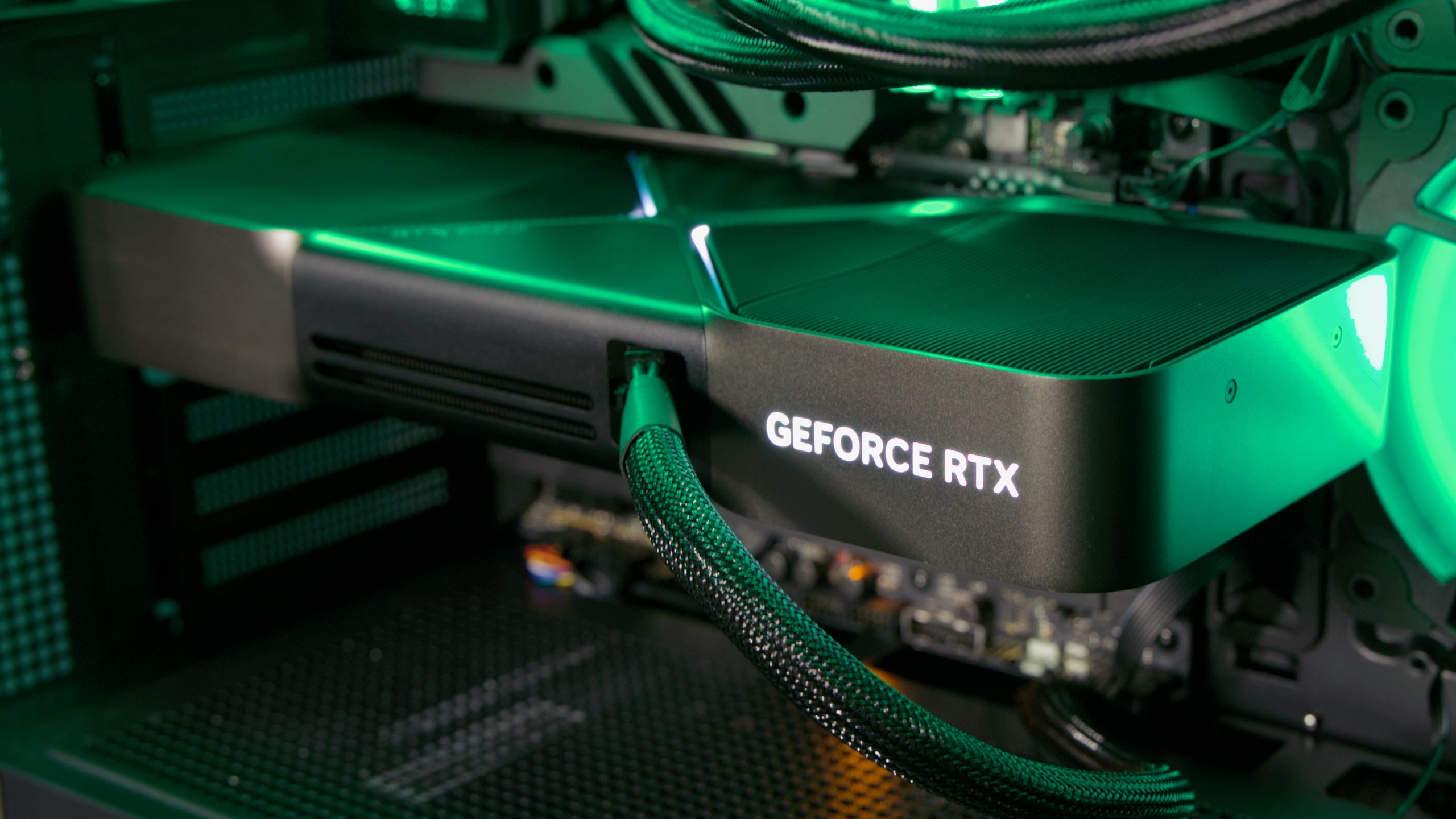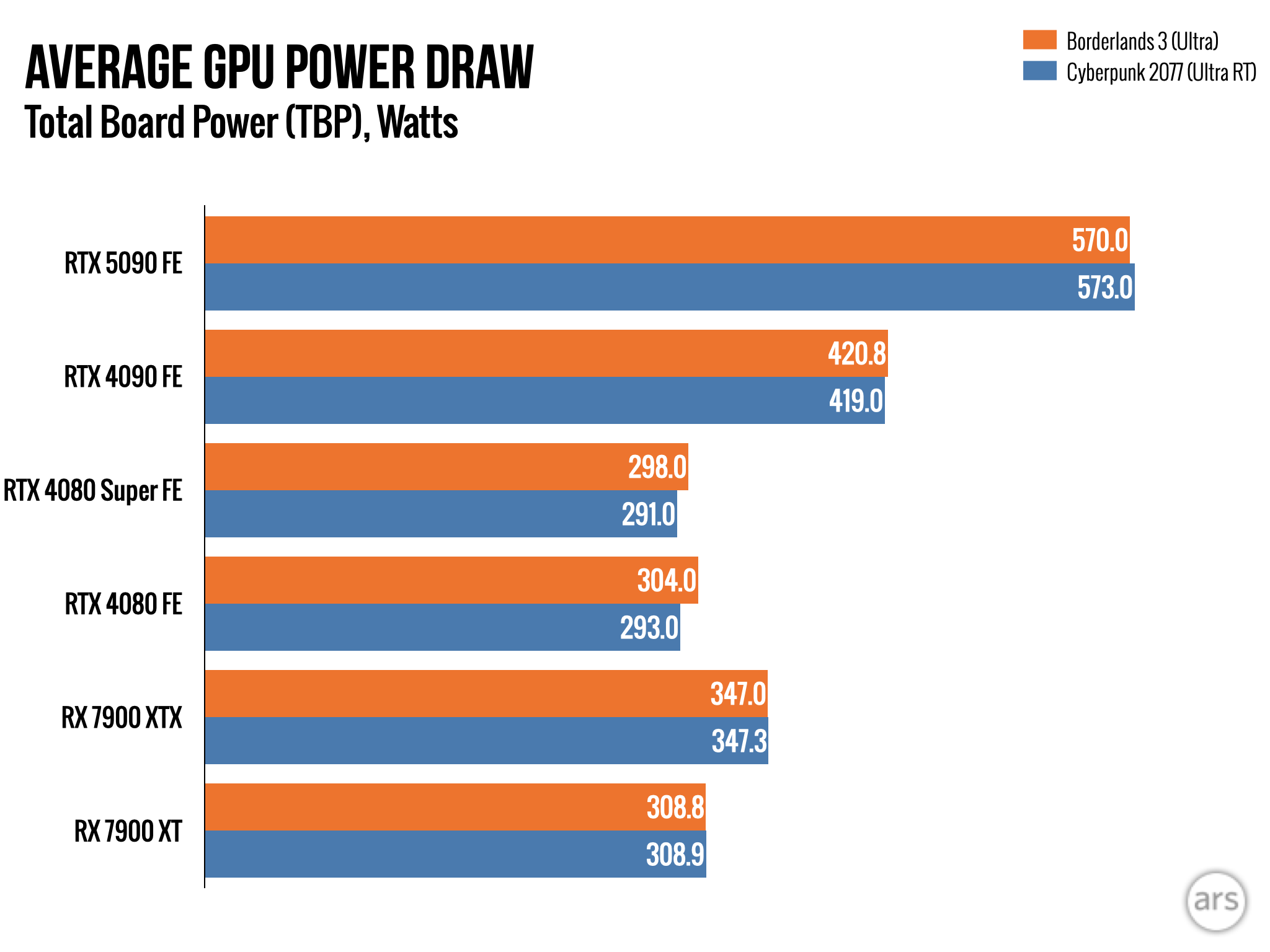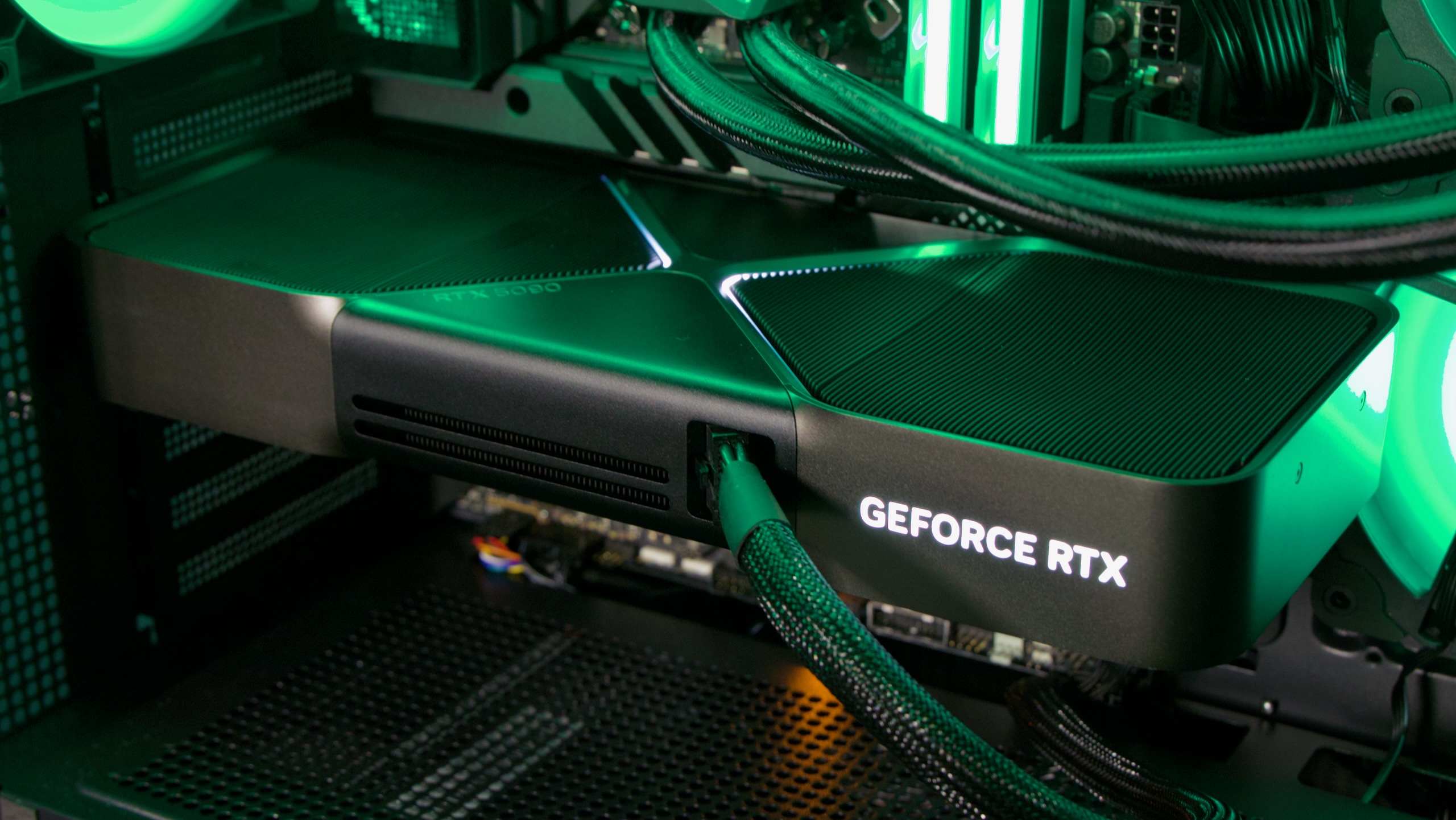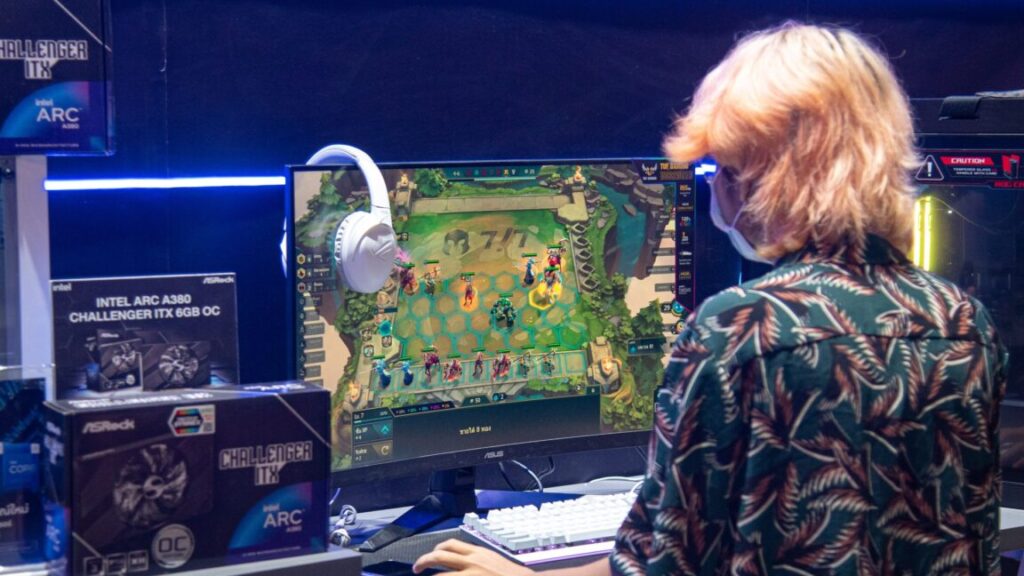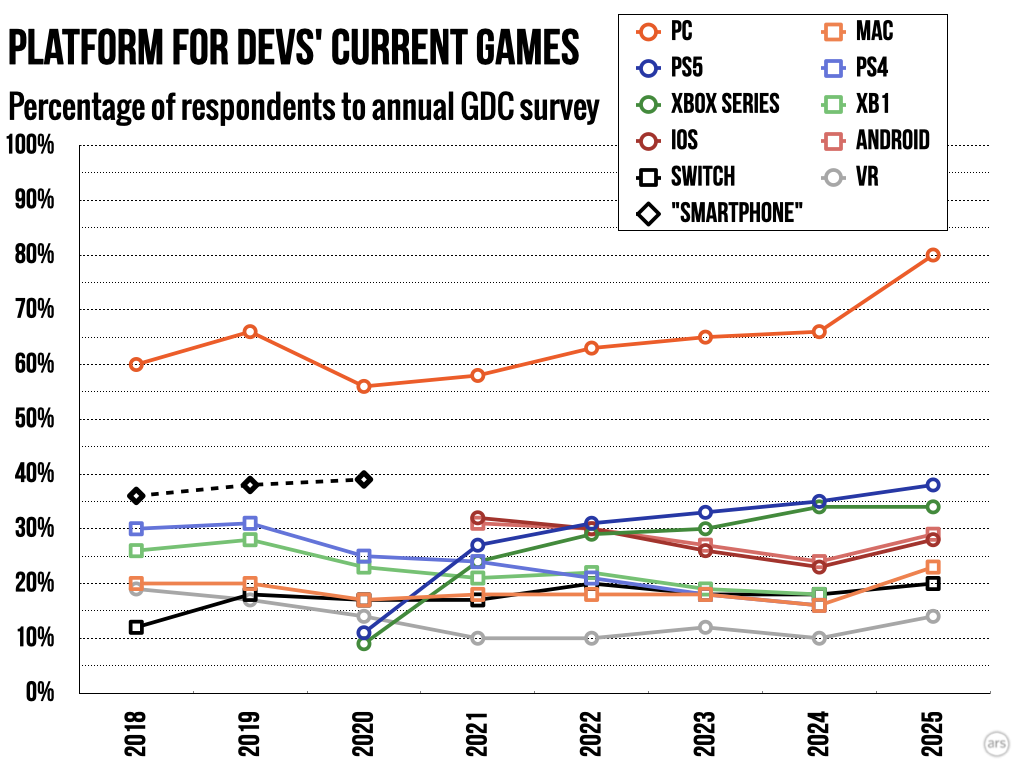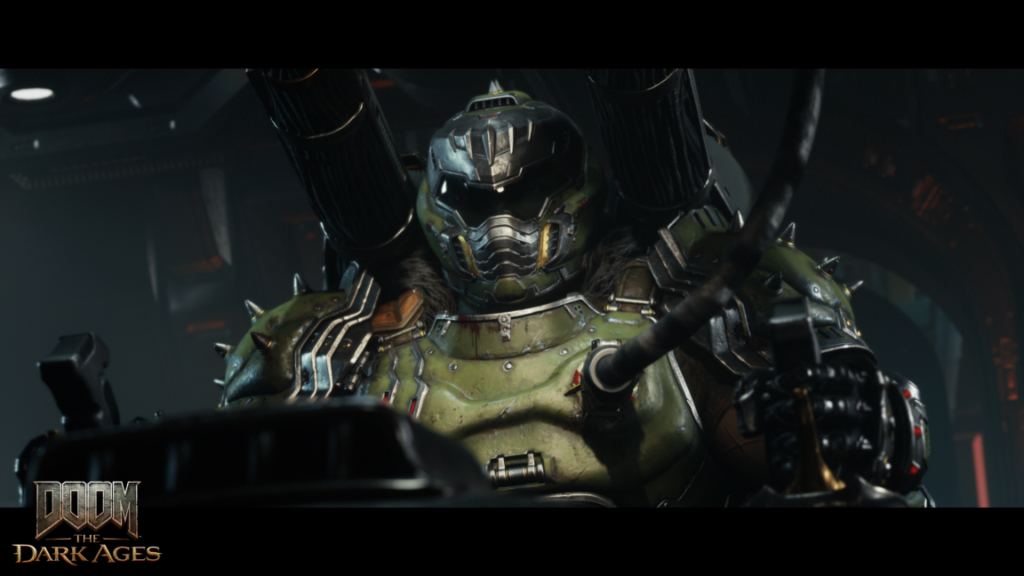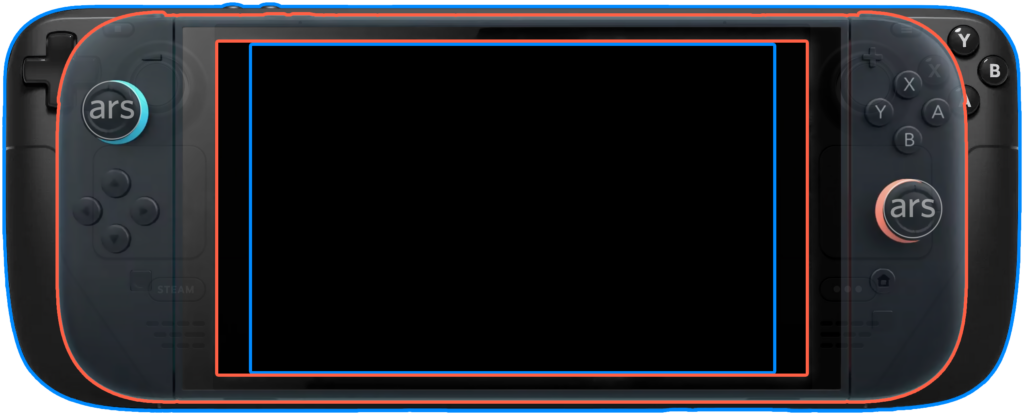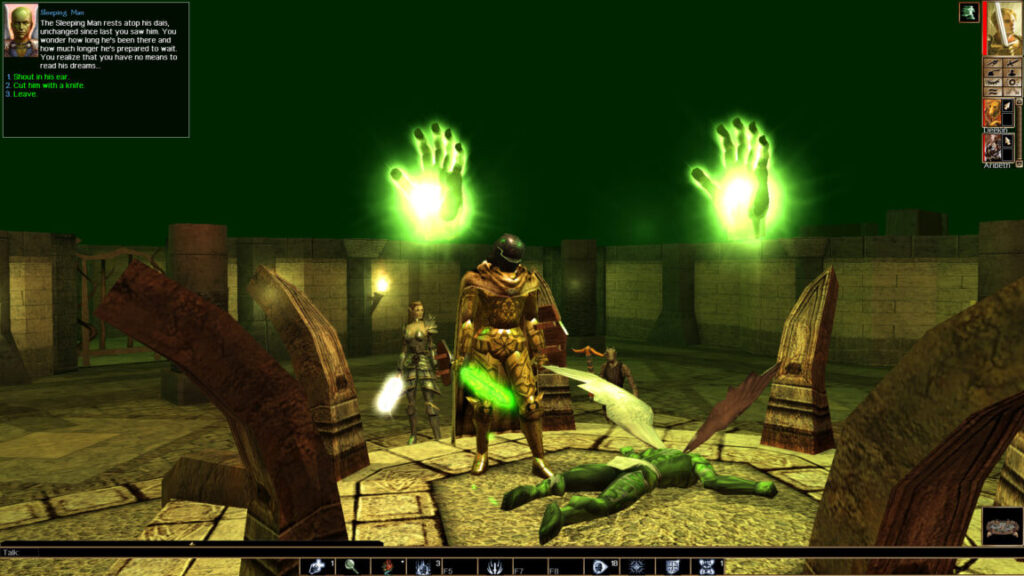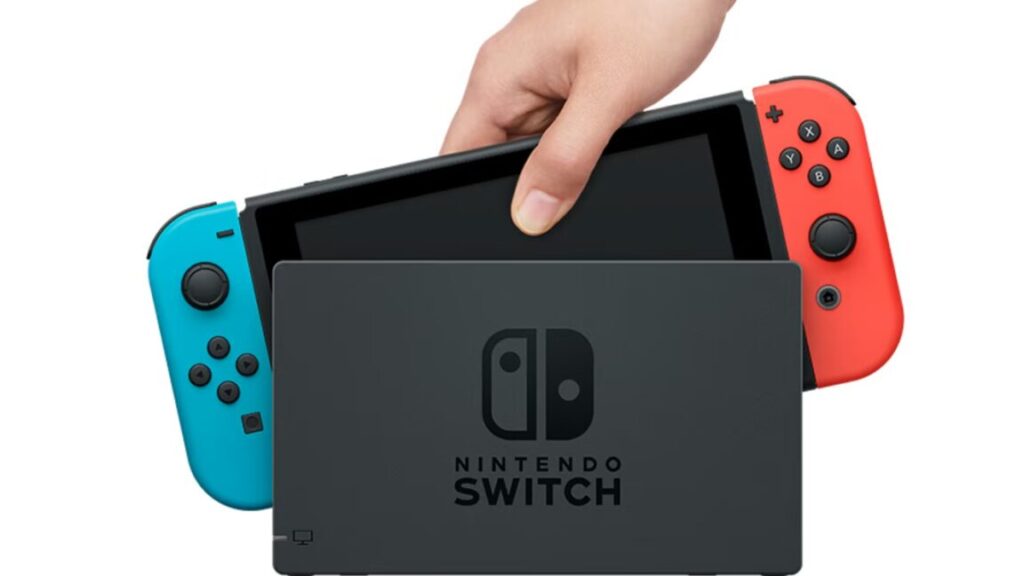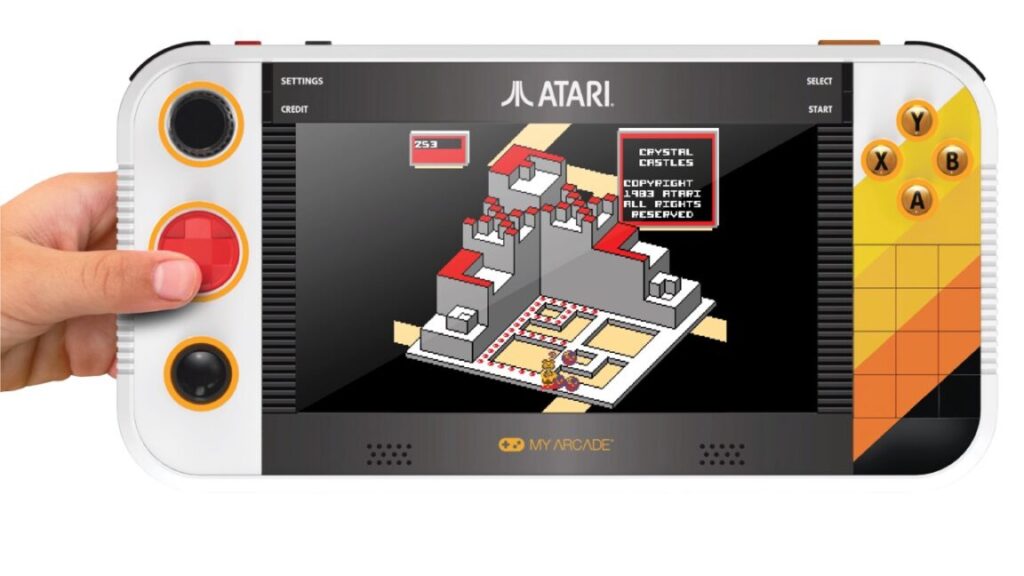GOG revamps its “Dreamlist” feature to better pry old games out of publishers
Black & White was intriguing; it had classic Molyneaux over-reach and deserves, in the words of one Ars staffer, a re-release so that “a new generation can realize just how janky it is.” As detailed in a documentary by Noclip, the B&W games are stuck in publishing purgatory. Microsoft acquired Lionhead’s IP and assets, while Electronic Arts retains the publishing rights to the B&W games, and nobody has yet been able to align those two very large planets.
GOG has added its own “Our Pick” tag to games it wants to see brought forward onto modern systems. Among them is Freelancer, which Ars’ Samuel Axon described in our 2024 roundup of non-2024 games as “a sincere attempt to make games like Elite (Dangerous) and Wing Commander: Privateer far more accessible.” GOG selected Freelancer as one of its staff picks for the Dreamlist, citing its “dynamic economy and engaging storyline.”
The main thing GOG would be fixing with Freelancer, as with many games, would be simple availability, as the game is not available on any proper digital storefront. Axon reports that, in having an original disc, installing Freelancer was not too hard, with the installer working in Windows 11. You can apply community patches, like an “HD Edition” mod, but Axon preferred playing at a non-native resolution (1024×768) at 4:3 and adjusting his monitor.
Other notable games GOG and its voting public want to see brought back are Final Fantasy VII (the original, not the remake), the point-and-click Discworld adventure, Command & Conquer: The Ultimate Collection, and The Operative: No One Lives Forever.
GOG revamps its “Dreamlist” feature to better pry old games out of publishers Read More »
